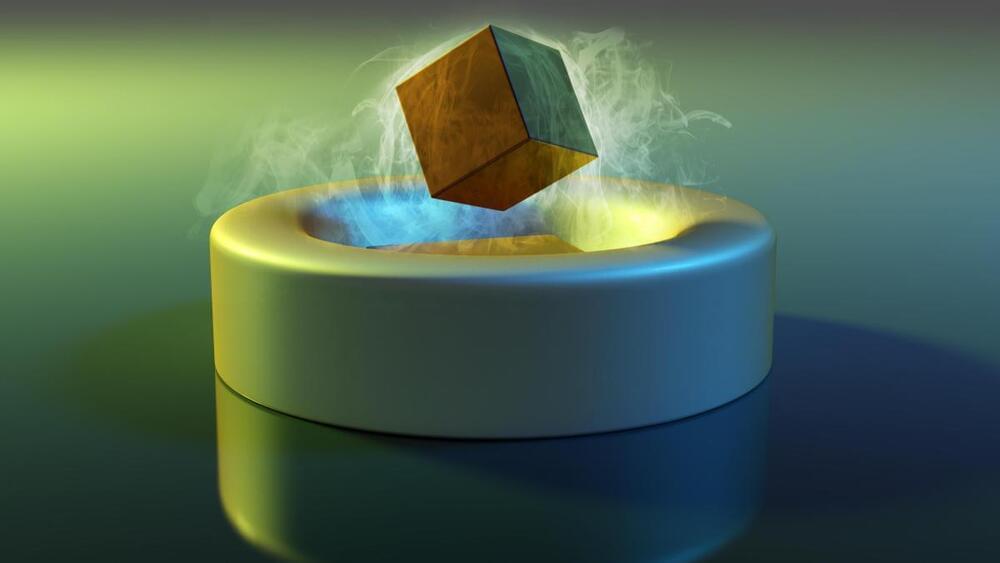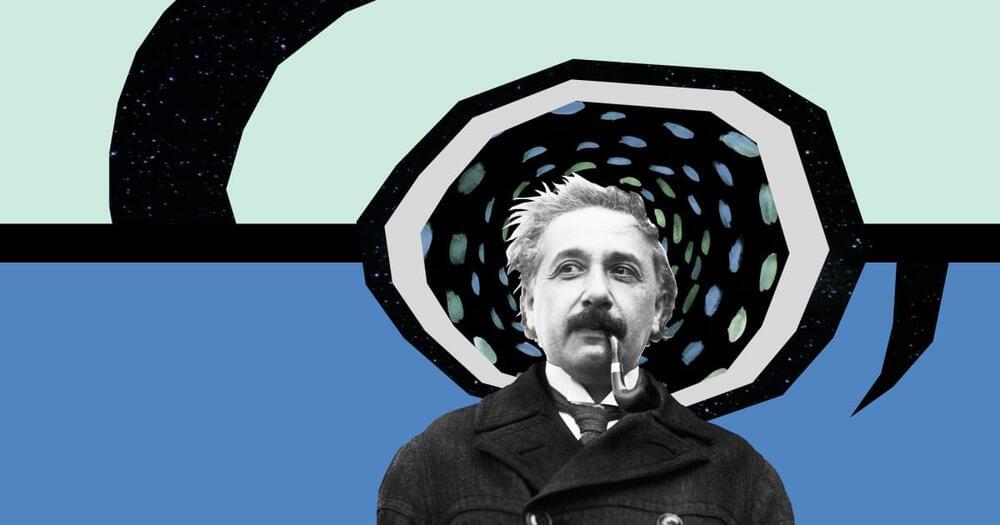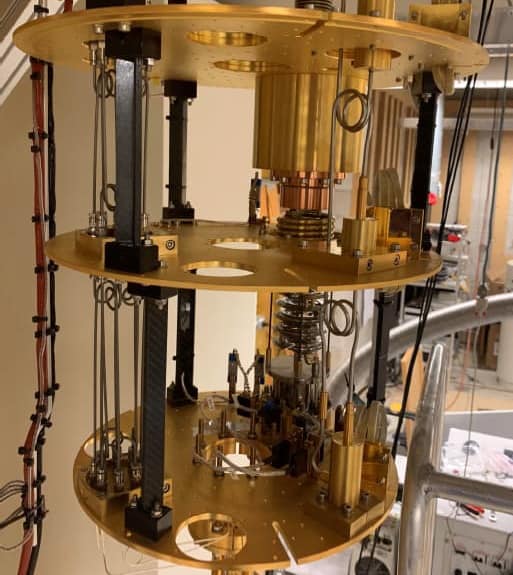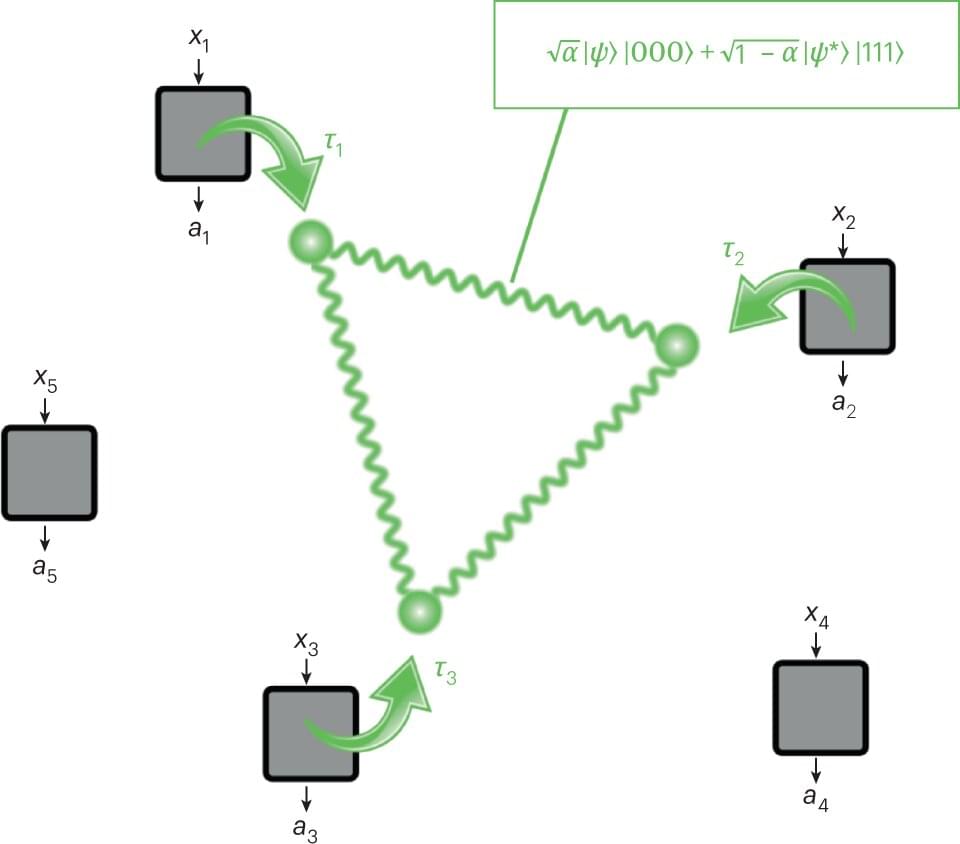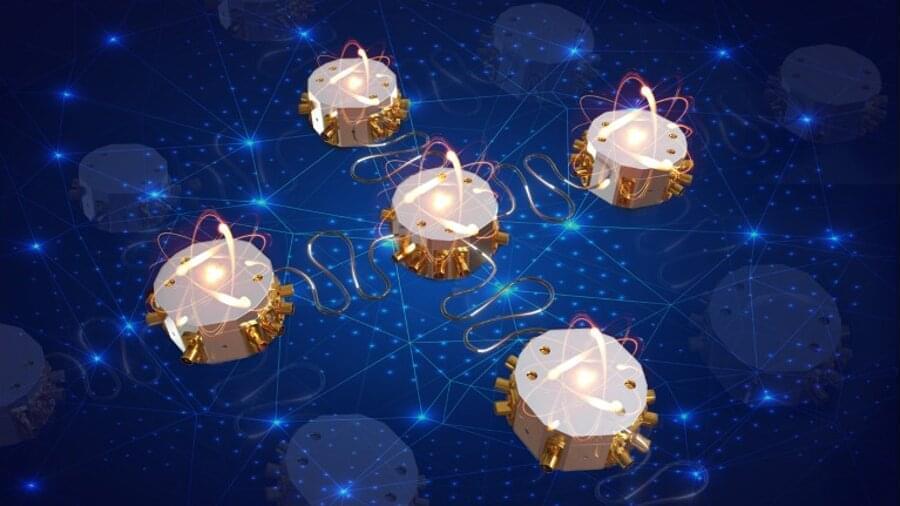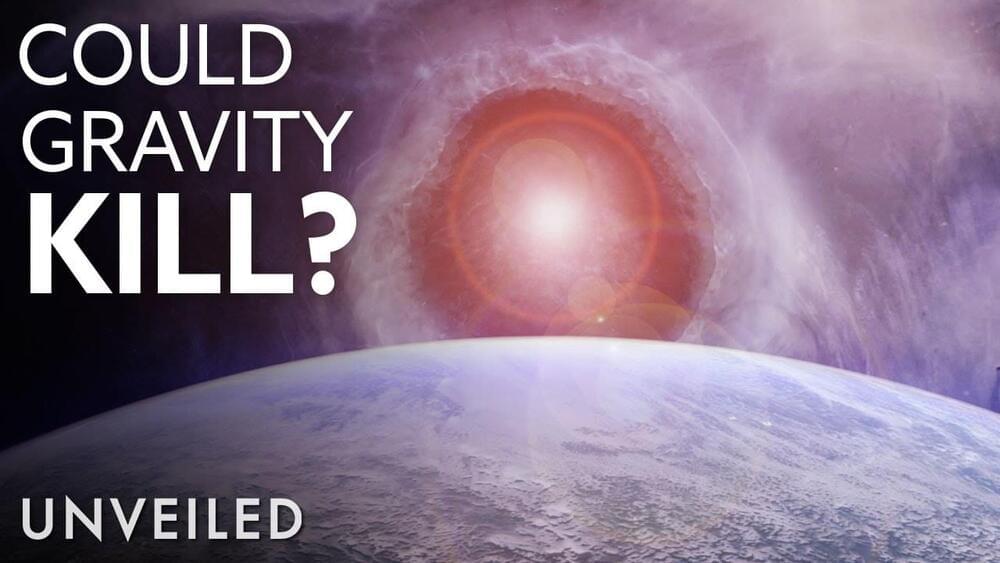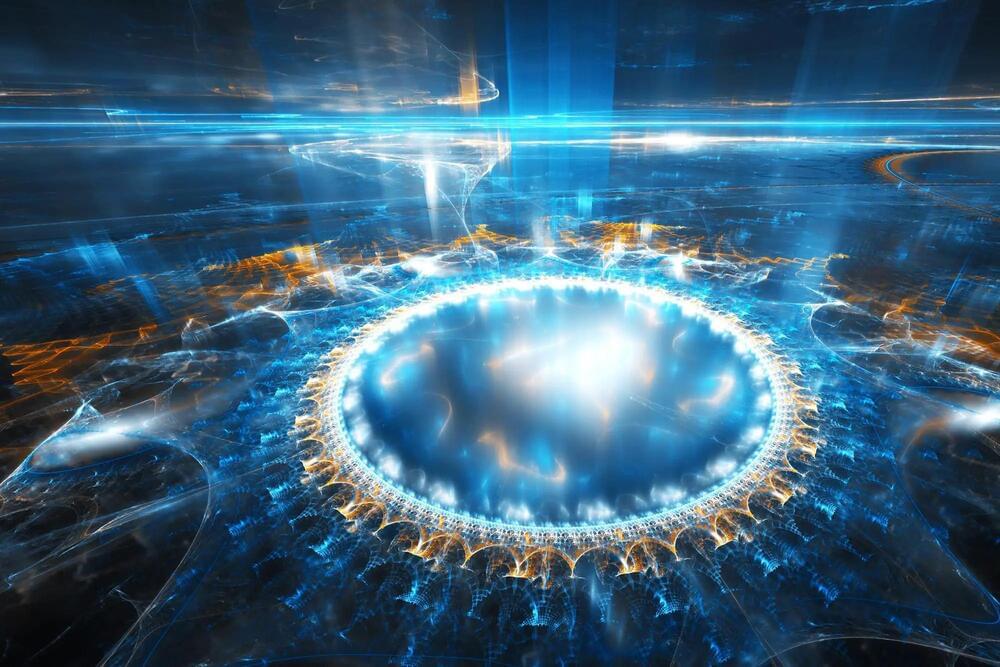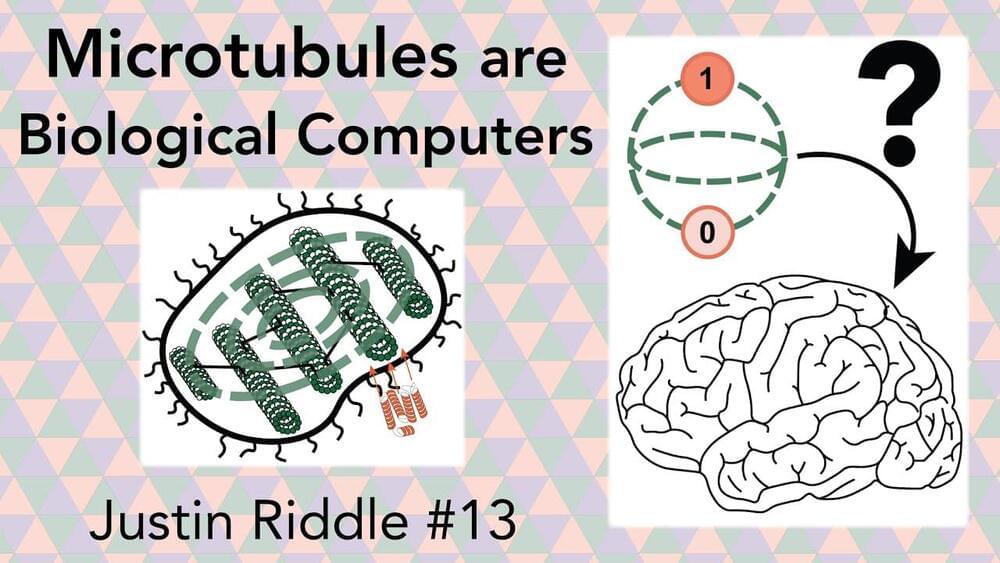Mar 12, 2023
Scientists claim superconductor breakthrough ‘bigger than AI’
Posted by Dan Breeden in categories: quantum physics, robotics/AI
A world of levitating trains, quantum computers and massive energy savings may have come a little closer, after scientists claimed to have attained a long hoped-for dream of physics: room temperature superconductivity.
However, the achievement, announced in the prestigious journal Nature, came with two caveats. The first is that at present it only works at 10,000 times atmospheric pressure. The second is that the last time members of the same team announced similar findings they had to retract them amid allegations of malpractice.
Jorge Hirsch, from the University of California, San Diego, said that on the face of it the achievement was stunning. “If this is real it’s extremely impressive, groundbreaking and worthy of the Nobel prize,” he said. But, he added, “I do not.
